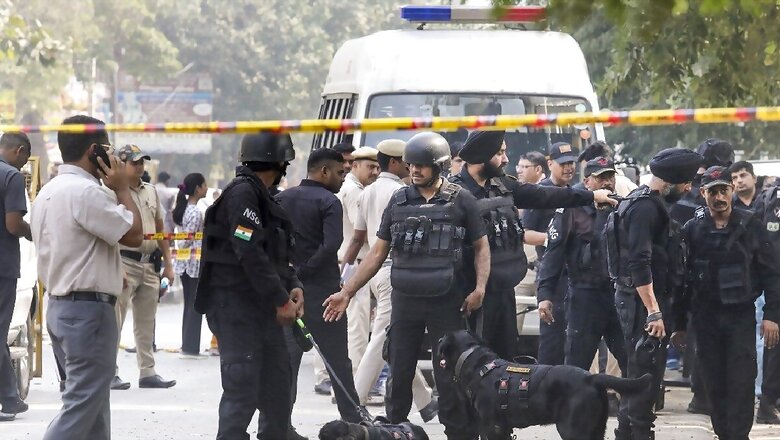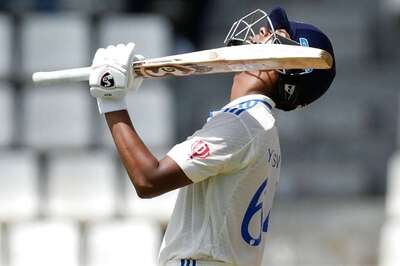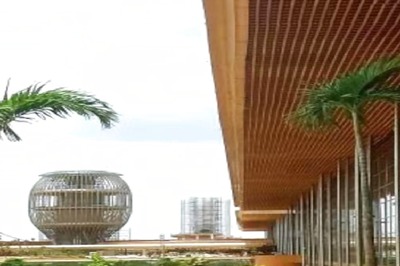
views
An explosion on Sunday morning left residents of New Delhi’s Rohini rattled. There were no reports of injury to any individual but nearby vehicles and property were damaged.
The lieutenant governor, Vinai Kumar Saxena, said a multi-agency probe has been launched while teams of National Investigation Agency (NIA) and National Security Guards (NSG) accompanied by Delhi Police were at the scene, probing all angles including a possible terror attack attempt.
Officials who were at the blast spot told CNN-News18 that the stench immediately after the blast was similar to that of ammonia and phosphate.
“Traces of some white powdery substance were found at the blast site, on the school wall and nearby objects,” they said. They said that these hint towards possible use of a crude bomb.
The area was cordoned off and crime teams along with forensics teams were called in at the spot for a detailed inspection.
Preliminary probe has also suggested that aqueous ammonia was used in the explosion. However, officials said that forensics results are awaited to make any confirmation.
Aqueous ammonia is generally also used as an acidity regulator to bring down the acid levels in food.
However, it may cause severe skin burns, eye damage or respiratory irritation if touched or inhaled. It is also known to react violently with some chemicals like silver oxide.
Police said a loud sound was heard around 7.30 am and received a call at the police control room at 7:47 am wherein a caller reported that a blast took place near Central Reserve Police Force (CRPF) school in Sector 14, Rohini.
“On this, the station house officer along with his team reached the spot where the school wall was found damaged. A foul smell was also noticed at the spot and the glasses of nearby shops and cars that were parked were found damaged. However, no one was injured in the incident,” said a senior police officer.
Following the initial probe, Delhi Police registered a First Information Report under Section 4 of Prevention of Damage to Public Property Act, Section 3 of Indian Explosive Act and under other relevant sections to take up the investigation.
‘Trying To Find Materials For The Blast’
Another investigator, a senior Delhi Police officer said that they are trying to find out what materials were used for the blast.
“We are also trying to check CCTVs from the area to see who had brought the explosive to this spot. Forensics teams have also lifted samples which will be sent for examination to check what chemicals were used in the explosion which not only will hint towards the intent of blast but also help us track from where possibly such elements were procured,” the officer said.
NSG teams that specialise in explosions were also called in to examine the spot and the NIA, which is the premier agency to investigate terror related cases, also sent its officials, who were spotted on the blast scene.
“NSG specialises in explosives and it will help us in determining the kind of explosive used. At the same time, if it turns out to be a terror attack attempt, the case will eventually be transferred to the NIA and therefore their presence on ground is crucial,” another officer added.
Investigators believe that it could possibly be an attempt to threaten or terrorise, as the explosion occurred early morning when the area was not crowded and also next to the wall of a school run by CRPF, India’s largest paramilitary force. The school caters to children of CRPF and other paramilitary forces.




















Comments
0 comment